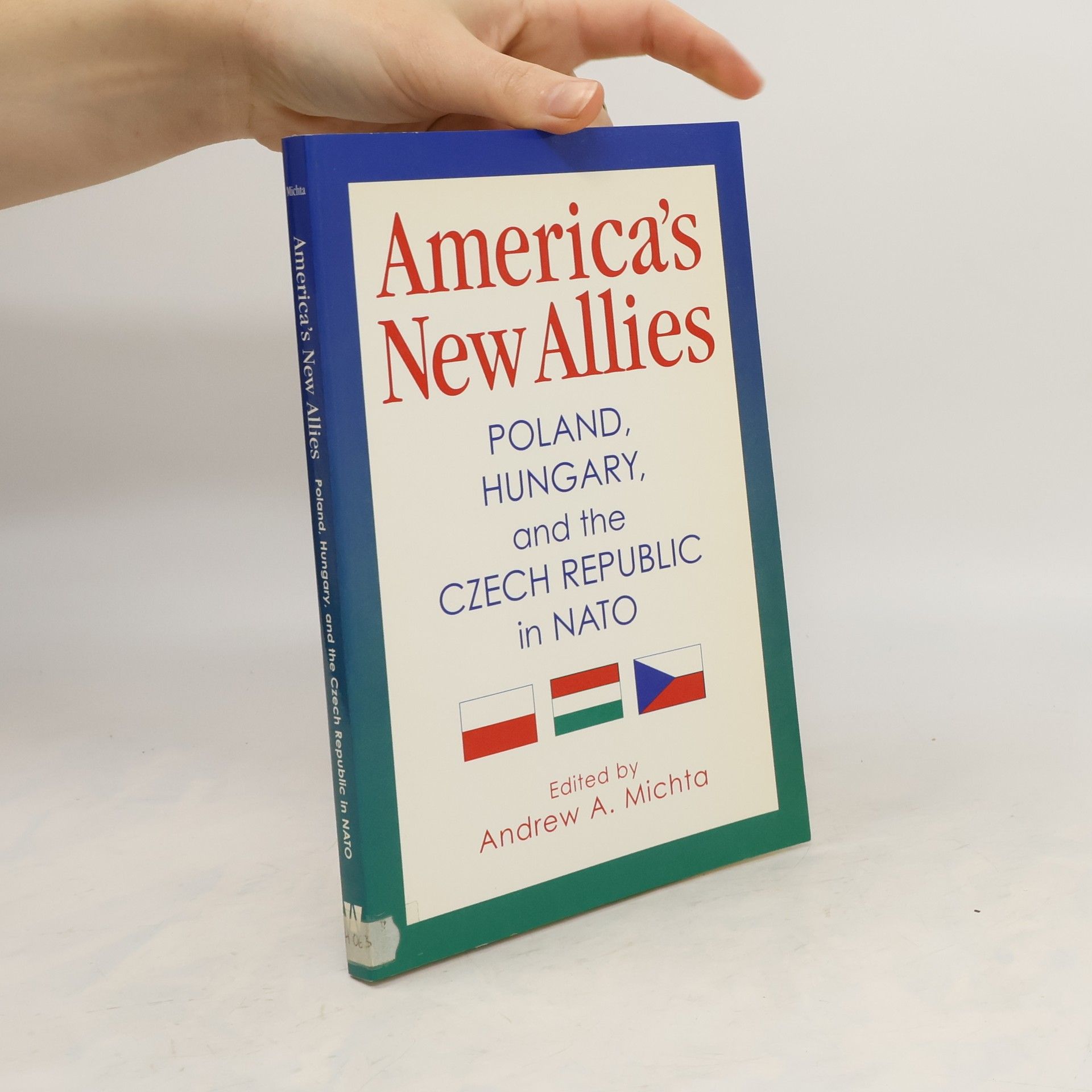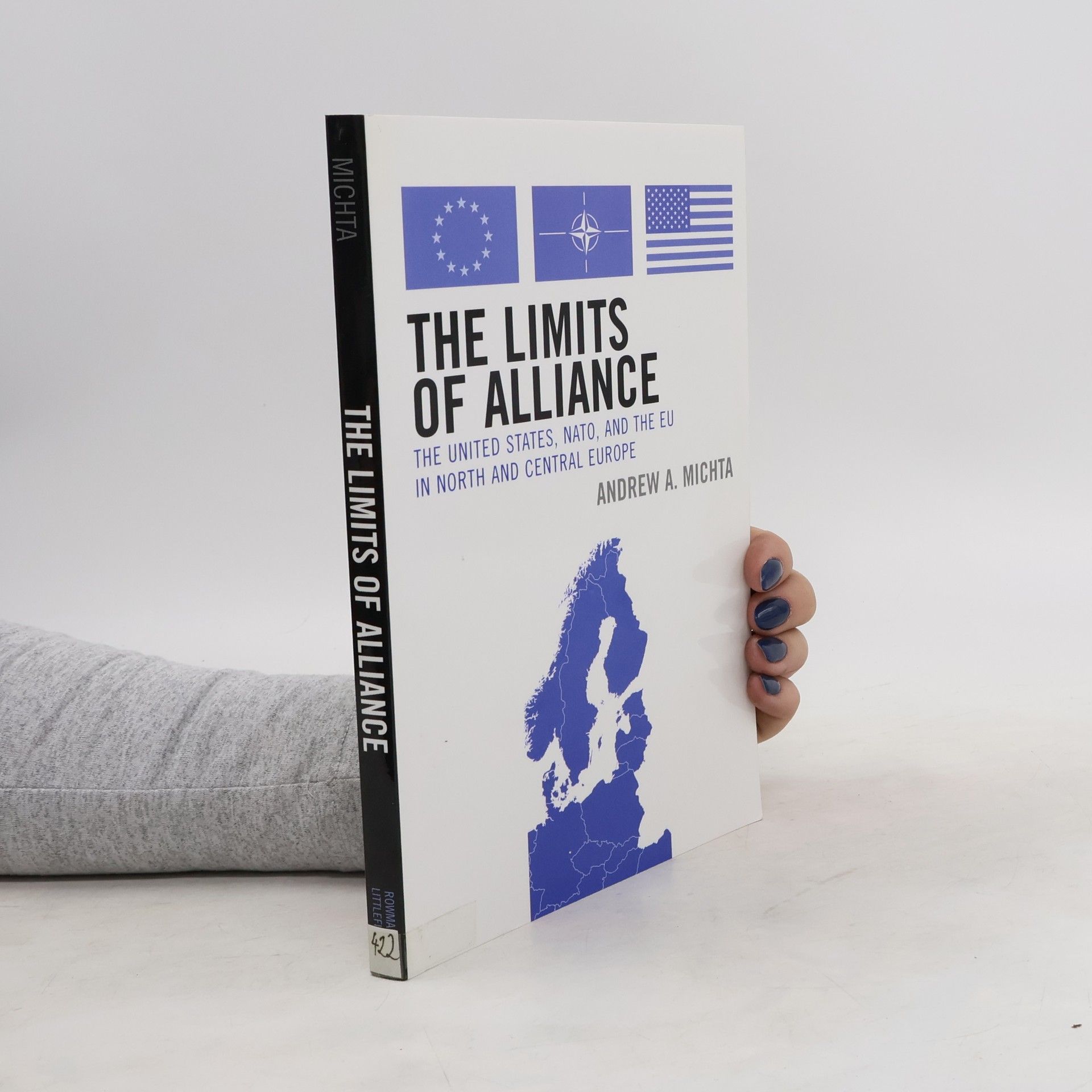Are the relationships that the United States forged with North and Central Europe during the Cold War still viable today? As the North Atlantic Treaty Organization (NATO) declines and the European Security and Defense Policy (ESDP) emerges, can the United States and Europe bridge the transatlantic fissures that opened when the United States prepared to go to war with Iraq?In a post-9/11 world, North and Central Europe have had to adapt their national security policies and rethink their relationship with the United States. In an in-depth look at the security policies of the states in North and Central Europe, Andrew Michta highlights how historical legacies, regional geostrategic constraints, and individual capabilities have shaped their response to the new environment. Michta raises the broad question of whether traditional alliances and NATO are still viable ways to deal with new security concerns. The two key questions that arise from this discussion are to what extent NATO still matters to the United States, beyond its political utility, and whether the European Union as a whole can become a partner for the United States in a new security environment. The Limits of Alliance argues that, although NATO will continue to exist in the coming decade, the hollowing-out of the alliance will be accompanied by a shift in transatlantic security relations toward bilateralism determined by regional security considerations.
Andrew A Michta Bücher


America's New Allies. Poland, Hungary, and the Czech Republic in NATO
- 214 Seiten
- 8 Lesestunden
America’s New Allies comprehensively analyzes the strengths and liabilities that accompany the 1999 addition of three former Soviet satellite nations―Poland, Hungary, and the Czech Republic―to the ranks of the 16-member North Atlantic Treaty Organization. This controversial enlargement of NATO formalizes the new geopolitical realities in Eastern Europe and forces the U.S. military to confront the prospect of defending these former enemies against armed attack.This round of enlargement is part of a larger restructuring of NATO underway since the end of the Cold War and tested by NATO’s 1999 action in Kosovo. The current enlargement―together with the prospect of adding other countries to NATO and the unprecedented institutional challenges highlighted during the Kosovo conflict―represents a defining moment for the emerging post-Cold War security architecture and, in turn, for the long-term relationship between the United States and Europe. The issues discussed in America’s New Allies will be vigorously debated for years to come.